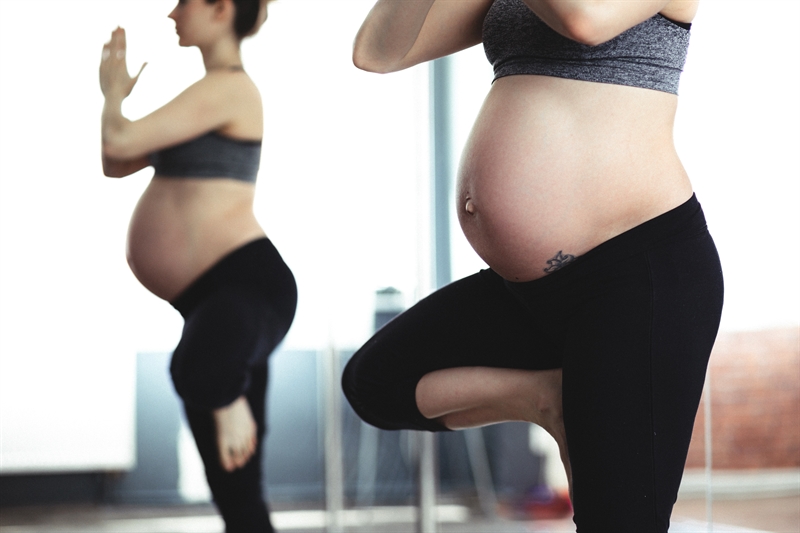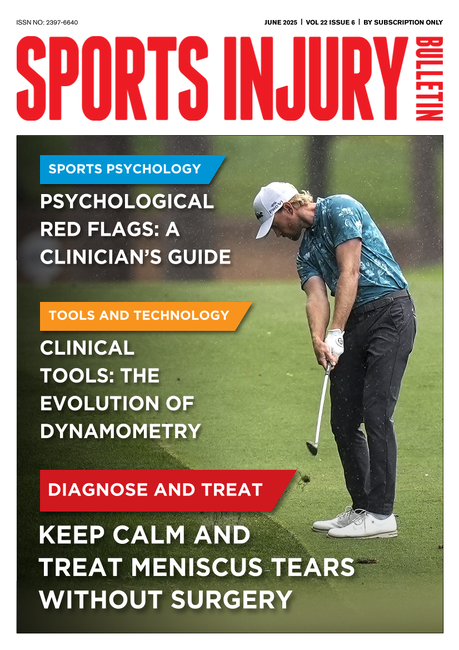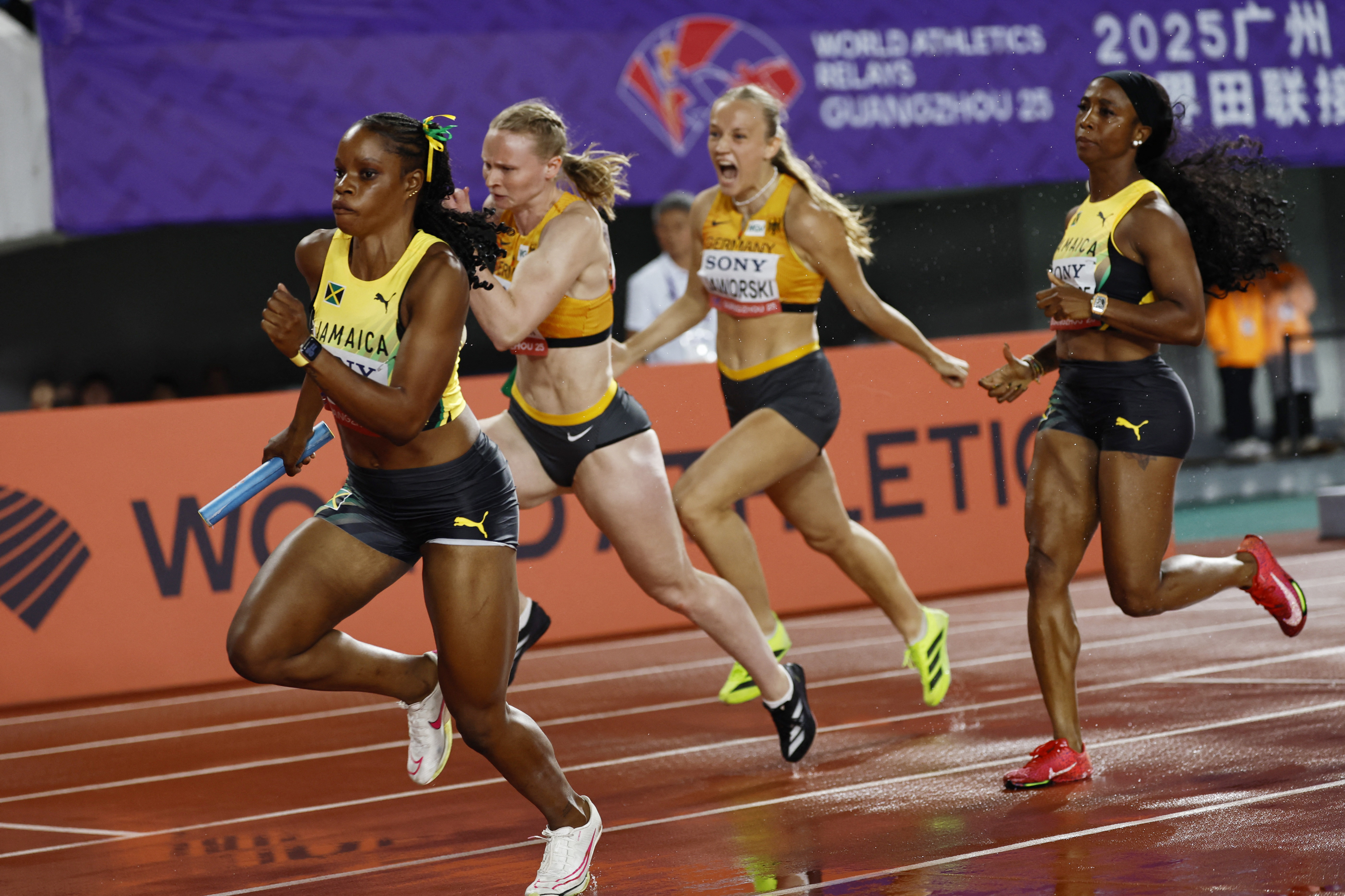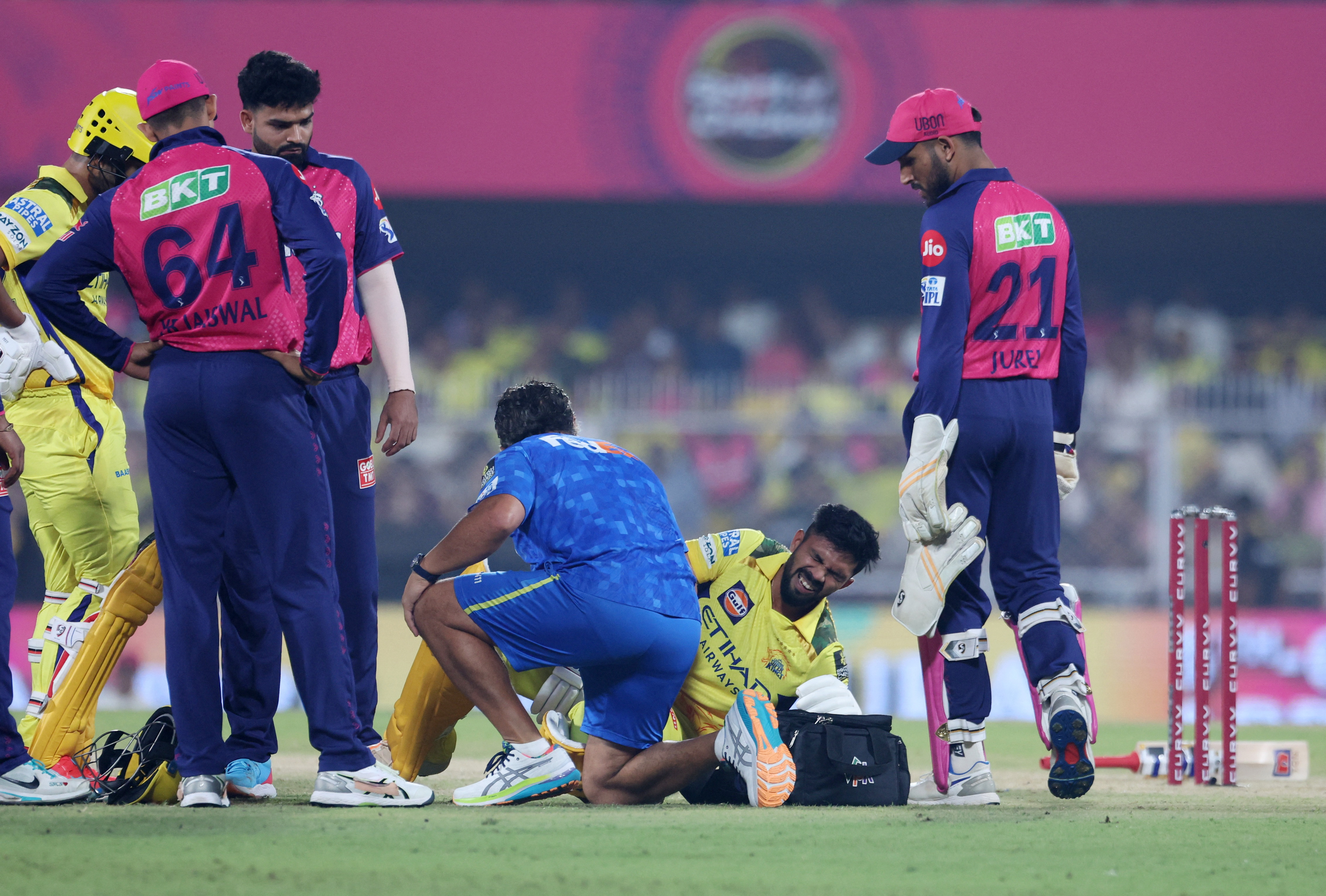Hit or miss: HIIT in pregnancy

Paper title: Acute Fetal Response to High-Intensity Interval Training in The Second and Third Trimesters of Pregnancy
Publication: Appl Physiol Nutr Metab
Publication date: 25 Aug 2021
INTRODUCTION
Exercise is commonly prescribed to reduce pregnancy-related complications, such as gestational diabetes, hypertension, excessive gestational weight gain, and improve mother and infant health. However, time constraints remain the central barrier to participation in regular physical activity. High-intensity interval training (HIIT) is a possible time-efficient solution. However, the vigorous nature of HIIT training may discourage its implementation due to fear associated with potential side effects. In addition, there is no evidence to support the use of HIIT in pregnancy. Therefore investigators aimed to evaluate fetal response to a HIIT resistance circuit in the late second and early third trimesters of pregnancy.METHODOLOGY
Investigators allocated 14 active, healthy pregnant women in their second and early third trimesters into two groups. Researchers screened the participants for any absolute or relative contraindications to exercise before starting the intervention. The first group was moderately active (2-3 sessions/week), and the second was highly active ( ≥4 or more sessions/week).The HIIT program involved three rounds of exercises (kettlebell swings, chest press with a band, goblet squats, double-arm row, reverse lunges, and Paloff press) with an intensity of 15-17 out of 20 points on the Borg Intensity Scale. Participants performed each exercise for 20 seconds, followed by 60 seconds of active recovery. There was a two-minute rest between rounds, and the target heart rate was 80–90% of the mother’s maximum heart rate.
The study’s primary outcomes were fetal well-being evaluated with continuous fetal heart rate tracings and pre-and post-exercise umbilical artery Doppler. The secondary outcomes included gestational age at delivery, birth weight, APGAR scores, complications, and Neonatal Intensive Care Unit admissions. In addition, the participants completed a self-report questionnaire to evaluate their subjective rating of the efficacy and enjoyment of the exercise sessions.
RESULTS AND CLINICAL IMPLICATIONS
The pre-and post-exercise testing demonstrated that fetal heart rates were normal throughout the HIIT program. In addition, there was umbilical artery vasodilation, which could potentially improve fetal perfusion. On evaluating the secondary outcomes, researchers identified that all deliveries were uncomplicated, on time, and had normal birth weights. The participants agreed that the HIIT resistance circuit was enjoyable and effective.Although the study’s sample size was small, this study supports the use of HIIT in late pregnancy. Researchers conclude that HIIT is safe, time-efficient, enjoyable, and requires limited resources to maximize physical activity benefits in late pregnancy.
You need to be logged in to continue reading.
Please register for limited access or take a 30-day risk-free trial of Sports Injury Bulletin to experience the full benefits of a subscription. TAKE A RISK-FREE TRIAL
TAKE A RISK-FREE TRIAL
Newsletter Sign Up
Subscriber Testimonials
Dr. Alexandra Fandetti-Robin, Back & Body Chiropractic
Elspeth Cowell MSCh DpodM SRCh HCPC reg
William Hunter, Nuffield Health
Newsletter Sign Up
Coaches Testimonials
Dr. Alexandra Fandetti-Robin, Back & Body Chiropractic
Elspeth Cowell MSCh DpodM SRCh HCPC reg
William Hunter, Nuffield Health
Be at the leading edge of sports injury management
Our international team of qualified experts (see above) spend hours poring over scores of technical journals and medical papers that even the most interested professionals don't have time to read.
For 17 years, we've helped hard-working physiotherapists and sports professionals like you, overwhelmed by the vast amount of new research, bring science to their treatment. Sports Injury Bulletin is the ideal resource for practitioners too busy to cull through all the monthly journals to find meaningful and applicable studies.
*includes 3 coaching manuals
Get Inspired
All the latest techniques and approaches
Sports Injury Bulletin brings together a worldwide panel of experts – including physiotherapists, doctors, researchers and sports scientists. Together we deliver everything you need to help your clients avoid – or recover as quickly as possible from – injuries.
We strip away the scientific jargon and deliver you easy-to-follow training exercises, nutrition tips, psychological strategies and recovery programmes and exercises in plain English.









